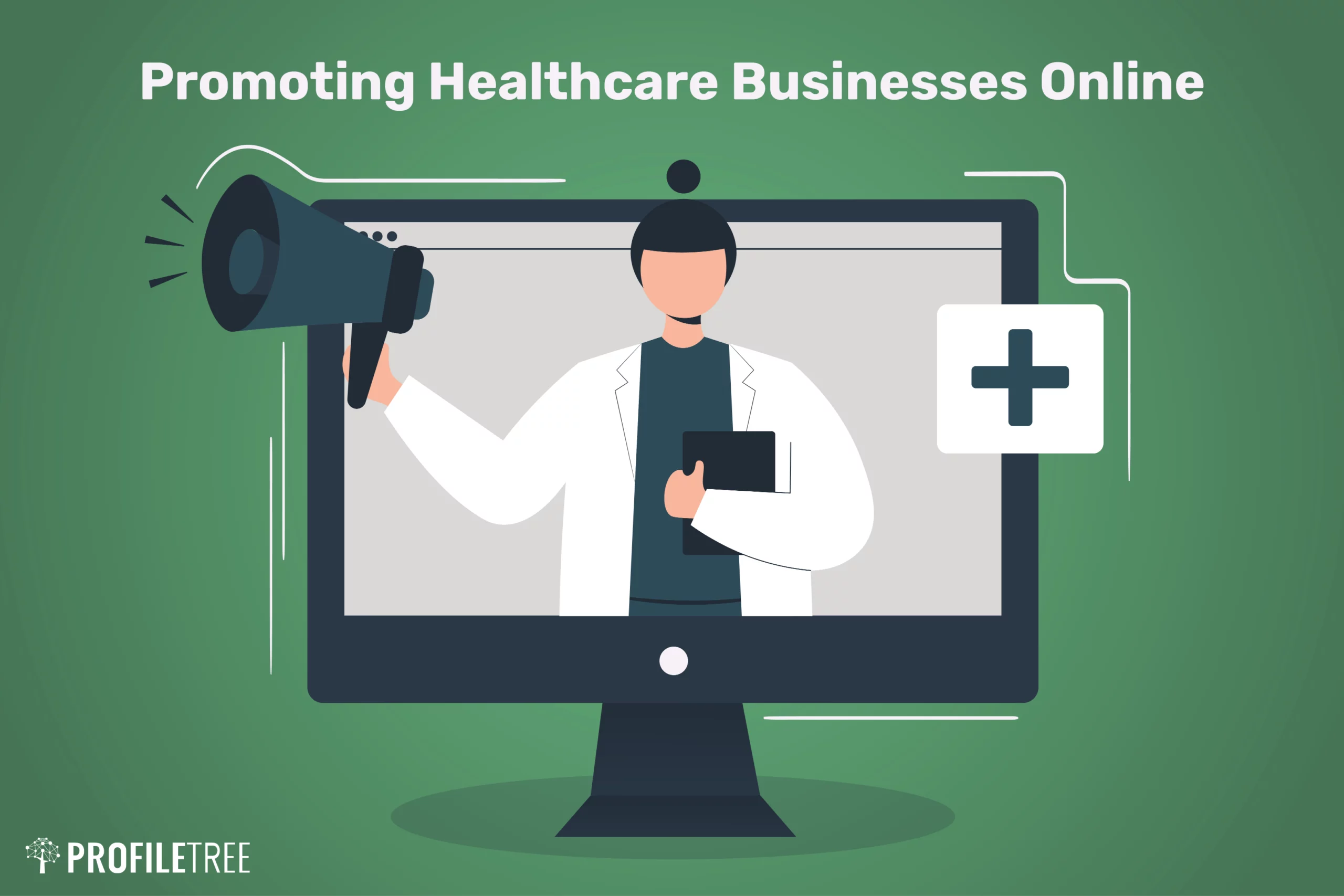Discovering the Development of Subscription Based Healthcare in the Digital Age
Discovering the Development of Subscription Based Healthcare in the Digital Age
Blog Article
The Surge of Subscription-Based Healthcare and Its Effect on Patient Treatment
As health care develops, the subscription-based model is acquiring traction, promising to transform client treatment by using predictability and availability. The potential for these versions to reshape healthcare distribution elevates pressing inquiries regarding their long-term sustainability and inclusivity. Are these registration services the future of medical care, or do they run the risk of leaving at risk populaces behind?
Comprehending Membership Healthcare Designs
Grasping the idea of subscription health care versions includes checking out a transformative method to clinical services that highlights price and availability. These versions, often referred to as straight main care (DPC) or attendant medication, have actually become ingenious choices to conventional fee-for-service medical care systems. Membership medical care enables individuals to pay a fixed regular monthly or annual charge for a defined collection of medical services, which might consist of unlimited office visits, routine exams, and standard lab tests, without the requirement for typical insurance coverage payment.
The framework of subscription health care designs is made to streamline individual treatment by getting rid of third-party payers and intricate payment codes, thereby reducing administrative concerns. Medical care suppliers can concentrate extra on person treatment, cultivating more powerful patient-provider partnerships. This version also advertises preventative treatment by encouraging routine sees, as the financial obstacle of per-visit costs is removed.
The registration design commonly encourages medical care providers to take care of smaller patient panels, permitting even more customized treatment. It lines up financial motivations with individual health and wellness results, as companies are motivated to maintain individual contentment and wellness. Generally, comprehending subscription healthcare versions calls for acknowledging their possible to improve how care is supplied and accessed.
Benefits for People and Suppliers

For service providers, subscription-based versions supply the opportunity to deepen patient-provider connections. With a consistent profits stream, medical care specialists can commit even more time per person, leading to a more thorough and personalized care experience. This version additionally lowers dependence over individual quantities, easing exhaustion and enhancing work satisfaction. Furthermore, the emphasis on preventive care within subscription strategies can result in better individual results and decreased long-lasting healthcare costs. By concentrating on continual treatment, carriers can attend to issues prior to they intensify, ultimately profiting the health care system all at once by lowering the problem on emergency and intense care solutions.
Obstacles and Concerns
While subscription-based healthcare models existing countless advantages, they additionally come with a collection of difficulties and worries that need to be attended to. This raises ethical questions concerning fair access to healthcare Home Page services.
Financial sustainability of subscription-based versions is one more issue. Carriers need to stabilize the set earnings from subscriptions with the variable costs of medical care solutions, which may fluctuate as a result of unpredicted clinical needs. This can develop pressure to restrict solutions or increase costs, potentially impacting person satisfaction and care top quality.
Additionally, regulative oversight of subscription-based medical care versions is still progressing. Resolving these obstacles is essential for the successful and fair execution of subscription-based healthcare.
Effect on Patient-Doctor Relationships
One significant effect of subscription-based health care designs on patient-doctor partnerships is the possibility for improved connection and customized care. By embracing a registration model, physicians can manage a smaller client panel, permitting even more specialized time with each person. This increased availability fosters a deeper understanding of a client's case history, way of life, and preferences, allowing a lot more customized treatment plans and interventions.

Nevertheless, it is essential to acknowledge that while subscription-based models might profit those who can manage them, they might unintentionally widen medical care differences. best site Individuals who are unable to join these designs might experience decreased access to individualized care, possibly impacting their connections with healthcare carriers. Therefore, while the subscription design offers encouraging advantages for patient-doctor connections, it additionally positions obstacles that need to be dealt with to guarantee fair healthcare accessibility.
Future of Healthcare Gain Access To

The function of modern technology can not be overlooked in this change. Telemedicine platforms and electronic health records help with seamless communication in between people and healthcare carriers, damaging down logistical and geographical obstacles. In addition, innovations in artificial intelligence and information analytics can better individualize treatment by anticipating client needs and optimizing therapy strategies.
Nevertheless, the future of health care access also offers obstacles, such as making certain equity throughout different socio-economic groups. Policymakers and doctor must read this post here team up to link the digital divide, guaranteeing that subscription-based models continue to be budget friendly and comprehensive. As these systems mature, they hold the assurance of making health care more available, efficient, and patient-centric.
Verdict
Subscription-based healthcare models are reshaping individual treatment by providing a steady expense structure and improving availability. The increase of subscription-based health care motivates positive individual involvement, which has the possible to enhance individual outcomes and satisfaction, signaling a transformative shift in healthcare distribution.
As healthcare evolves, the subscription-based model is obtaining grip, promising to transform client care by offering predictability and accessibility.Subscription-based medical care versions use unique advantages for both carriers and individuals, improving the general healthcare experience.As medical care systems progress, the future of health care accessibility regularly hinges on the integration of cutting-edge designs and technologies.Subscription-based medical care designs are reshaping person care by giving a secure expense framework and enhancing accessibility. The surge of subscription-based healthcare motivates positive patient engagement, which has the possible to improve patient end results and complete satisfaction, signaling a transformative shift in medical care shipment.
Report this page